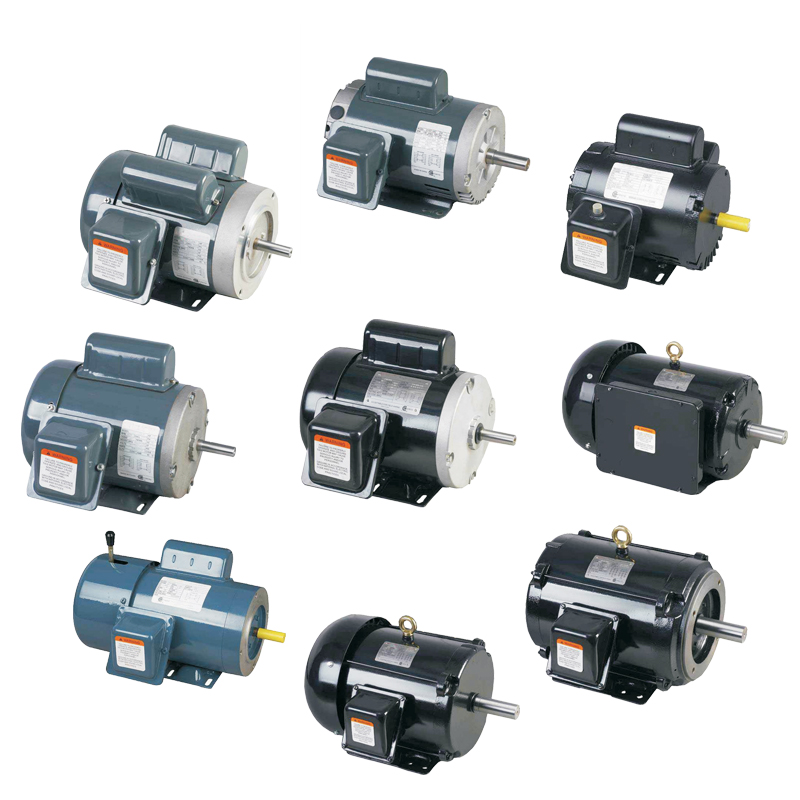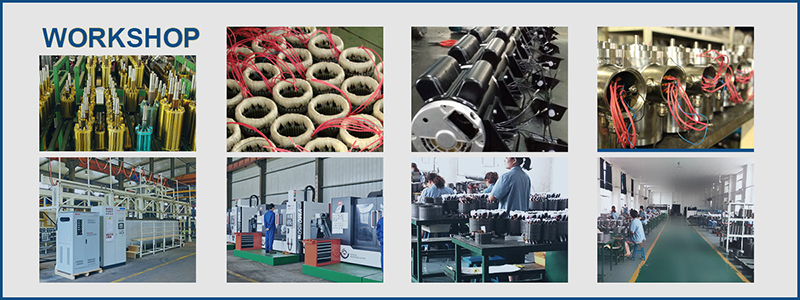Your microservice architecture requires multiple data models. Should you choose a hybrid persistence or a multi-model database?
In the past decade, large-scale distributed systems have exploded. This trend has led to a huge amount of creativity in the database field, which is undoubtedly unprecedented in the history of the software industry. The result is a healthy and competitive database market that we can take on a large number of platforms. But how should we choose?
In this article, we will explore how to choose the database schema to verify based on the application. (Yes, there can be more than one choice!), we will also look at the choice of data patterns to help determine which technologies will be selected in the data layer.
Cloud architecture, NoSQL and microservice architecture
As developers began to create scalable Web applications, historically the relational database that dominated the data architecture began to show a lot of pressure. We've developed very popular social apps and are starting to connect more and more devices to the Internet of Things (IoT). The large amount of user read and write data has led to the need to extend the data layer, and new types of databases have emerged to meet these high scalability requirements.
In many cases, these new database "NoSQL" or "non-relational" solutions are based on a different data model than the traditional relational database model. NoSQL databases include document types, key-value pairs, columnar databases, and even graph databases. In general, these databases sacrifice some of the common features of relational databases, such as strong consistency, ACID transaction characteristics, and join connections.
At the same time, like the transformation of database technology, SOA (Service Oriented Architecture) at the beginning of this century is gradually evolving into a microservice architecture architecture, and many enterprises are gradually abandoning heavyweight SOA architectures such as enterprise services. Bus (ESB) and tend to use a "decentralized" architectural approach. The beauty of the microservices architecture is that its development, management, and extension services are relatively independent. This gives us a lot of flexibility in implementation, including infrastructure technologies such as databases.
For example, let's assume that we are doing development work for the microservices architecture and look forward to the need for large-scale scalability. Whether the project is a new application or a refactoring of an existing application, we have the opportunity to make new choices for the database.
Mixed persistence (Polyglot persistence)
A key benefit of the microservice architecture style is the persistence of encapsulation. We can choose different persistence technologies based on the needs of each service. The method of selecting data storage based on the characteristics of each data type is called hybrid persistence. The term was originally promoted by MarTIn Fowler et al. Hybrid persistence and microservice architecture are a natural fit.
The diagram below shows a series of microservices and how we choose different data models for each service. I don't want to choose the right use case for each type of database in this article. My intention is to highlight the advantages of each type of database, and why the method of mixing persistence is commendable.
Among them, the development service A team, because the service is based on the core application of large-scale data management, may use a tabular model database such as Apache Cassandra. For example, a retail app inventory app might be a good fit for Apache Cassandra. Cassandra provides a set of coordination mechanism tools such as tunable, batch and lightweight transaction mechanisms that can be used as an alternative to the full ACID transaction mechanism.
Service B supports ways to look up values ​​with well-known keywords, such as descriptive data for a catalog. This is a good example of a key-value storage model where we look up a series of data through a well-known key value (such as a product ID). Many in-memory caches use key-value versus data mode to support large-scale fast reads.
Service C may focus primarily on semi-structured content, such as forms or pages on a Web site, and document storage may be well suited for that type of data. Document storage has many similarities to key-value stores, but one key difference is that document-type data supports additional structure on the data, such as indexing specific attributes to support fast retrieval.
Service D may involve complex relationship navigation between data, such as customer data and historical data relating to customers across departments in the organization. This may involve relationships between data types owned by other services. This is an interesting case because it starts to contradict the above mentioned services with their own data type constraints. In this case, you can choose to create a graph of your service with read-only access to the underlying table, and then handle all the changes through this "front door" - that is, call "own" through this "front door" APIs for other services of these data types.
Finally, we may have a legacy system or service that uses relational database technology, or we have a service to manage data that has less or less frequent changes. Relational databases may be perfectly suited to these scenarios.
Should a single service use mixed persistence?
BIOTEPT NEMA Air compressor AC motors power air compressors that generate compressed air for use with air-powered equipment on jobsites, auto repair shops, and in manufacturing facilities. They have an open dripproof (ODP) enclosure with openings in the endshields and shell placed so drops of liquid falling within 15° from vertical will not affect motor performance.



Air Compressor Motor,Compressor Motor,Small Air Compressor Motor,Nema Air Compressor Motor
Ningbo Biote Mechanical Electrical Co.,Ltd , https://www.biotept.com